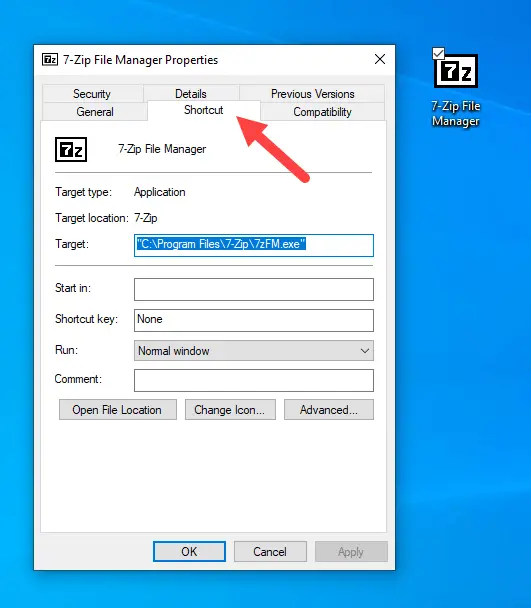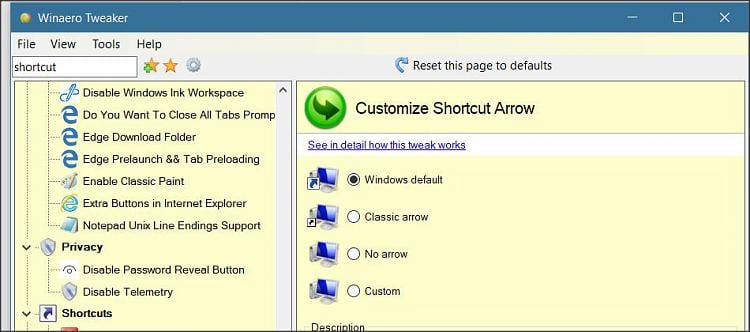
Note the path to executable of the program in the Targets field. If the original program icon is replaced with a Command Prompt icon or any other icon, right-click on the shortcut icon and then click Properties. You might notice a small delay (negligible) while launching the program now.

That’s it! The program shortcut on the desktop will no longer display the blue and yellow shield icon, but it will continue to prompt the UAC screen upon double-clicking on it. If you get the Access denied dialog, click the Continue button.

In the Target box, add the following path at the beginning of the existing target path. Step 1: Right-click on the desktop icon that has the shield icon over it and then click the Properties option. Remove the yellow and blue shield icon from program icons


 0 kommentar(er)
0 kommentar(er)
